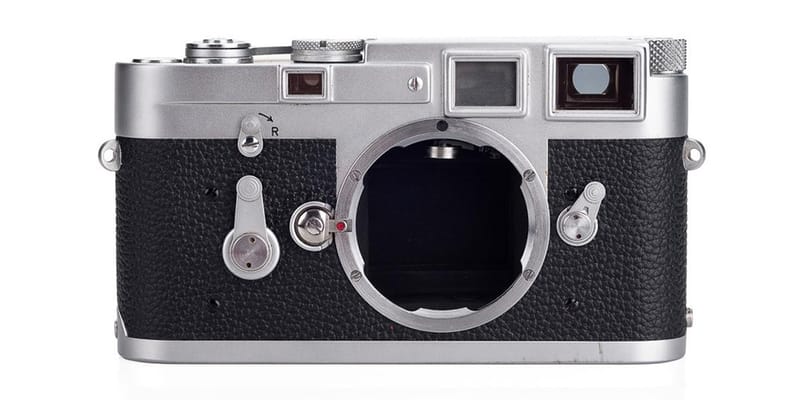

Of course, since then we’ve also seen the M5, M4-2, M4-P, M6, M6 TTL, M7, MP and M-A and that’s just the large-scale production models – there are a whole bunch of other rarities (the M2-R for example) to choose from too. It took the best features of both M3 and M2 cameras and combined them with new advancements of its own to create what, as mentioned, some view as the ultimate classic Leica. Production of the Leica M4 started in 1967 after the M3 ceased production in 66 and the M2 in 67. The Leica M2 was designed as a cut cost, more accessible and slightly more versatile version of M3.


The Leica M3 was originally released in 1954, with the M2 following in 58. If you are unaware of the history of the Leica rangefinder, the M4 pretty much superseded both the M3 and M2. I’m not so sure myself – all of the models have their hardened fans – but looking back at the features and the history of the Leica M, it’s easy to see how people come to some of the justifications and positive views held about the Leica M4. In fact, if you spend any time reading around forums and websites looking for opinion on this camera, you’ll find it holds the prize with many as being the ultimate Leica M camera. The Leica M4 in many people’s eyes is the last of the classic Leica rangefinder cameras.


 0 kommentar(er)
0 kommentar(er)
